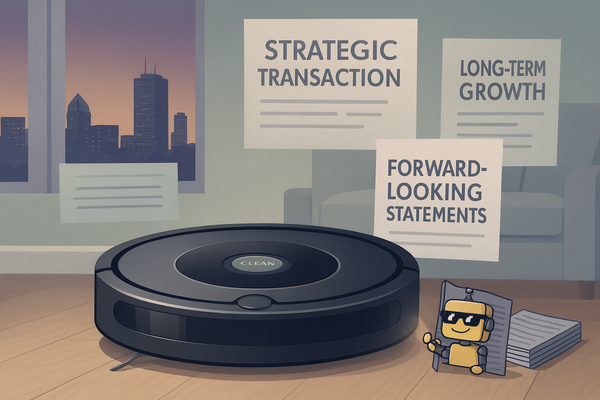While You Buffer, NTT Built the World’s Fastest Wireless Signal
While you were rebooting your router for the third time today, NTT and Keysight were out here casually breaking the laws of physics.

While most of us were still muttering about our 5G bars disappearing the moment we step indoors, a group of engineers at NTT and Keysight just kicked the door down on what wireless speed can look like. In a quietly dropped press release (because apparently saving the future doesn’t need a hype cycle), they announced they’ve built a signal generator that can blast data at 280 gigabits per second in the 300GHz band.
Let’s pause on that.
280 Gbps. That’s fast enough to download the entire Library of Congress in the time it takes your smart fridge to buffer a firmware update. It's not simply a new record—it’s a full-on technological flex, delivered with the calm confidence of a company that knows it owns every nerd in the room.
Here’s how they did it: First, NTT designed a tiny amplifier chip using something called Indium Phosphide, which is a real material and not, as I first assumed, an indie synth-pop band from Berlin. This chip covers what’s known as the J-band, a charming euphemism for frequencies so high they practically exist on another plane of reality (220–325 GHz, if you must know).
That alone was impressive. But then they teamed up with Keysight, who brought along their Digital Pre-Distortion toolkit. Imagine you’re trying to shout a crystal-clear message across a room full of people screaming. Keysight’s system doesn’t just amplify your voice—it rewrites the message before you shout, in a way that undoes the chaos mid-air so it lands cleanly on the other side. That’s what DPD does. And it worked: They hit 0 dBm output (basically: loud), which is 8x more powerful than the last big record-holder.
All of this was done not in a sci-fi movie, but in an actual lab, using hardware that is—get this—already being commercialized. That’s right: they didn’t just make a science fair project. They’re packaging this up and getting ready to ship it to the kinds of companies that build radar systems, wireless infrastructure, and probably some classified stuff we’re not allowed to know about.
Now, if you’re wondering what this means for you, don’t hold your breath for a 300 GHz-compatible iPhone just yet. But this is the groundwork for 6G—that mysterious future network your carrier keeps teasing but can’t actually define. It’s also a big deal for things like ultra-precise radar, machine-to-machine communication, and whatever version of the metaverse we’ll be pretending to enjoy five years from now.
For now, just take comfort in knowing that somewhere, while your smart speaker struggled to play a podcast, a team of engineers casually bent the rules of radio physics to their will—and barely broke a sweat doing it.




